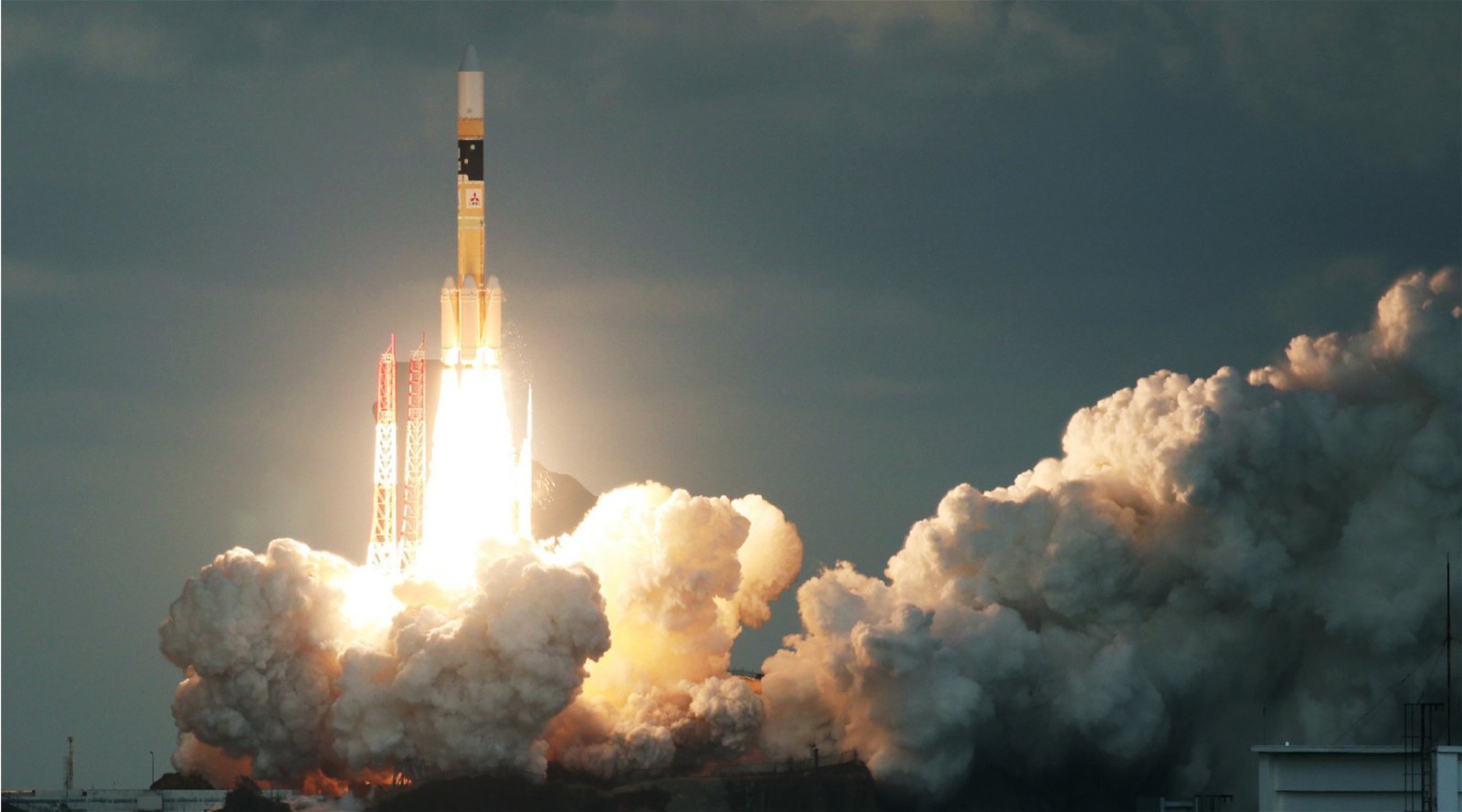The American company GE Aerospace conducted tests with a hypersonic engine that also operates at low speeds.
Hypersonic weapons fly towards their target at a speed of at least 5,000 kilometers per hour and are therefore difficult or impossible to stop with existing anti-aircraft systems. At least, that's what was thought, and that's also what Russian President Vladimir Putin said in 2018 during the unveiling of the Kinzhal hypersonic missile. It now appears that the current models, which the Americans, Russians and Chinese are working on, are not the superweapons people were thinking about. In May this year, Ukrainian forces shot several Kynzhals out of the sky with Western Patriot missiles.
But a new American propulsion system, rotary detonation combustion (RDC), could ensure that hypersonic missiles go a step further. This engine has now been tested for the first time.
run along!
Hypersonic missiles use scramjet engines. The technology used in such a supersonic turbojet engine is simpler than that used in a turbojet engine. In existing jet engines, a turbine sucks air into the engine, which is compressed. Then fuel (kerosene) is added and the mixture is ignited. During combustion, the pressure increases even more; The gas mixture with the resulting combustion gases expands strongly and leaves the engine behind.
A scramjet, on the other hand, uses its own speed to compress air. The internal pressure and temperature rise so high that the fuel spontaneously ignites. So far fewer moving parts are needed to operate them, and in particular, the omission of expensive and weak turbines means that much higher speeds can be achieved.
Fast but controllable
The drawback is that the scramjet must first reach that tremendous speed before it can provide thrust, and this is still done with older launch vehicles. To give the hypersonic missile greater range, the hypersonic projectile is also raised to a high altitude, after which it fires toward its target in a dive/glide position. This long and high flight makes him vulnerable to danger.
So, what we need are engines that can power a hypersonic missile throughout its entire flight, that can fly low despite its top speed, and yet, like a cruise missile, be controllable. To achieve this, the American company GE Aerospace developed a dual-mode jet engine with so-called rotary detonation combustion.
Small tornado
RDC works with a cylinder located inside a slightly larger cylinder. By injecting and igniting a mixture of air and fuel into the space between the two cylinders, this mixture rotates at supersonic speeds. As more fuel and air are supplied, the pressure continues to increase and more heat is produced. The “hot little tornado” is then ejected from behind, and the rocket is propelled. Watch the video below too.
Content on this page is currently blocked to respect your cookie choices. Click here to set your cookie preferences and view content.
You can change your choices at any time by clicking “Cookie Settings” at the bottom of the site.
The new engine, which can operate at speeds below or above Mach 5, was demonstrated on a test stand at the General Electric plant in Niskayuna, New York. GE Aerospace expects to have a complete version of the engine ready in 2024.
{Source: KIJK Online]

“Total coffee specialist. Hardcore reader. Incurable music scholar. Web guru. Freelance troublemaker. Problem solver. Travel trailblazer.”







More Stories
Bitcoin price rises after new jobs data from US
European stock markets open higher | beursduivel.be
Russia’s oil imports to China decline